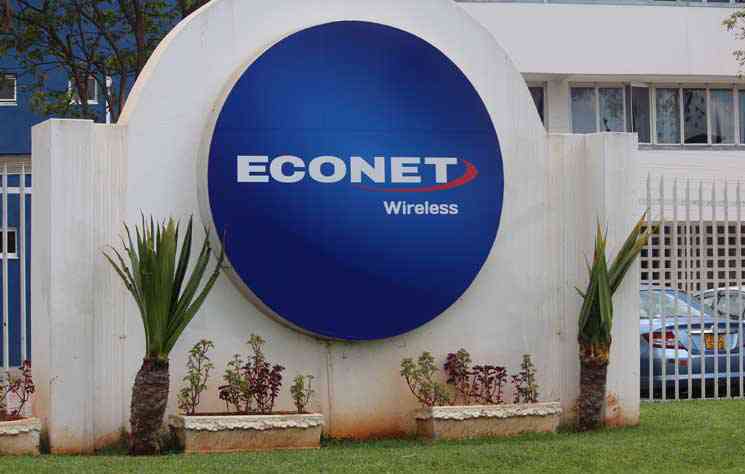
The Porters Five Forces model has its benefits and it’s important to acknowledge that every good review tool has its own weaknesses.
By NYASHA CHIZU
Most business models were developed before the era of rapid changes as is prevailing today.
It is important to recognise that the period in which most review tools were developed is now far different to the ones the organisations find themselves operating in.
The principle of risk management, where only identified risk can be prescribed a solution, is pertinent to the application of various management models in the development of a strategy.
One must fully understand, the strengths and weaknesses of all models, so as to be able to adjust the strategy appropriately.
During this 21st century, the criticism around the use of Porters five forces has been on the issues that it was developed when the pace of change was very slow.
During that time, the markets, structures were considered relatively static. The model was also generally considered a limited snapshot of the environment.
- Chamisa under fire over US$120K donation
- Mavhunga puts DeMbare into Chibuku quarterfinals
- Pension funds bet on Cabora Bassa oilfields
- Councils defy govt fire tender directive
Keep Reading
Due to the rapid change, it is generally considered that it is difficult to accurately define industry, thereby making it difficult to apply the model.
There are also non-market forces that the model cannot deal with and that model is mostly applicable for the analysis of simple market structures. In short, the model is appropriate in an ideal market.
The pace of change is the major weakness on the use of Porters five model in the 21st century.
Technology now has very short life cycles and such, change is occurring regularly and its impact is instant on the market causing significant disruptions.
This is totally the opposite with respect to the rate of the pace of change up to the late 1970s, where the environment was relatively stable.
The market structures of the 21st century are on the move. Very few markets have remained static and new entrances, the availability of venture capital, barriers to entry and supply chain relationships are transforming drastically and radically. The situation then prompts regular reviews and updates of the Porters model, since it is generally considered it was designed to provide a snapshot of a particular market.
The model is generally considered curative, where solutions are tendered for identified challenges. Successful businesses are considered to be those that can apply preventative techniques to possible challenges, are reviewing the possible source of threats to the business, as opposed to application of curative techniques.
Corporation and business dynamics are making it difficult to define some industries emanating from a wide variety of product lines that modern organisations carry.
This is compounded by the Porters model having difficulties in integrating complexities of today’s market, with frequent interrelated product groups and organisations.
This leads to the analysts narrowly defining their markets at the expense of getting a broader view of the larger and complex market.
The model does not provide for the analysis of other non-market forces such as the effects of legislation, corporate ethics and requirement to be socially responsible.
It does not also consider the human element within the organisation, where issues such as internal culture and ethos have a significant impact on the strategy formulated.
The model cannot deal with factors arising from the implications on strategy of strategic alliances or the sharing or skills and resources that is now common in the twenty first century.
Despite these challenges, the model is still very useful when developing corporate and procurement strategy. Strategies from such reviews shall only be effective when the analyst considers the limitations of the model discussed.Nyasha Chizu is a Fellow of the Chartered Institute of Procurement and Supply writing in his personal capacity.
Feedback: [email protected] Skype: nyasha.chizu











